“All history is contemporary history”
- Benedetto Cro
While the Vatican City might be the smallest country in the world, its long and varied past is anything but boring.
Tucked into the beautiful central heart of Rome, this walled enclave has witnessed emperors rise and fall, the crowning of kings, and centuries of faith, politics, and power plays, all converging on a single hill.
Today, it's the seat of the Holy See and the global headquarters of the Catholic Church. But long before Michelangelo painted its ceilings or pilgrims gathered beneath its dome, the land it occupies was already steeped in meaning.
In this article, we'll take a fascinating look into the Vatican’s history. Find out more about visiting the Vatican.
Vatican City covers just 0.17 square miles, yet the land it occupies is estimated to be worth a staggering $1.35 billion. That's more per square foot than almost anywhere on Earth!

Timeline of the Vatican
37-41 AD
The Circus Vaticanus is Built by Emperor Caligula
64 AD
Saint Peter is martyred during Emperor Nero's persecution of Christians
324 AD
Constantine finishes construction of the first St. Peter's Basilica over Peter's Tomb
476 AD
The Western Roman Empire falls and the Vatican becomes a papal residence
754 AD
Pepin the Short donates land to the pope, helping form the Papal States
774 AD
Charlemagne expands papal lands in central Italy
1177 AD
Treaty of Venice grants independence to the Papal States from imperial rule
1447-1455 AD
Pope Nicholas V begins Renaissance-era building with the early Vatican Palace
1477-1480 AD
Sistine Chapel constructed under Pope Sixtus IV
1506-1626 AD
St. Peter's Basilica is rebuild under the guidance multiple popes
1798
The Papal States collapses when Napoleon's troops enter Rome and exile the pope
1870 AD
Italy annexes Rome, the Papal States are thus dissolved
1929 AD
The Lateran Treaty leads to the creation of the independent state of Vatican City
The Vatican: A History with Ancient Roots
While the Vatican only became a city-state on 11th February 1929 with the Lateran Treaty, its history dates back to the Roman Empire.

By the end of the Roman Republic (from 509BCE to 27BCE), the Vatican was just a small plain by the banks of the Tiber with a small hill, the Vatican Hill.
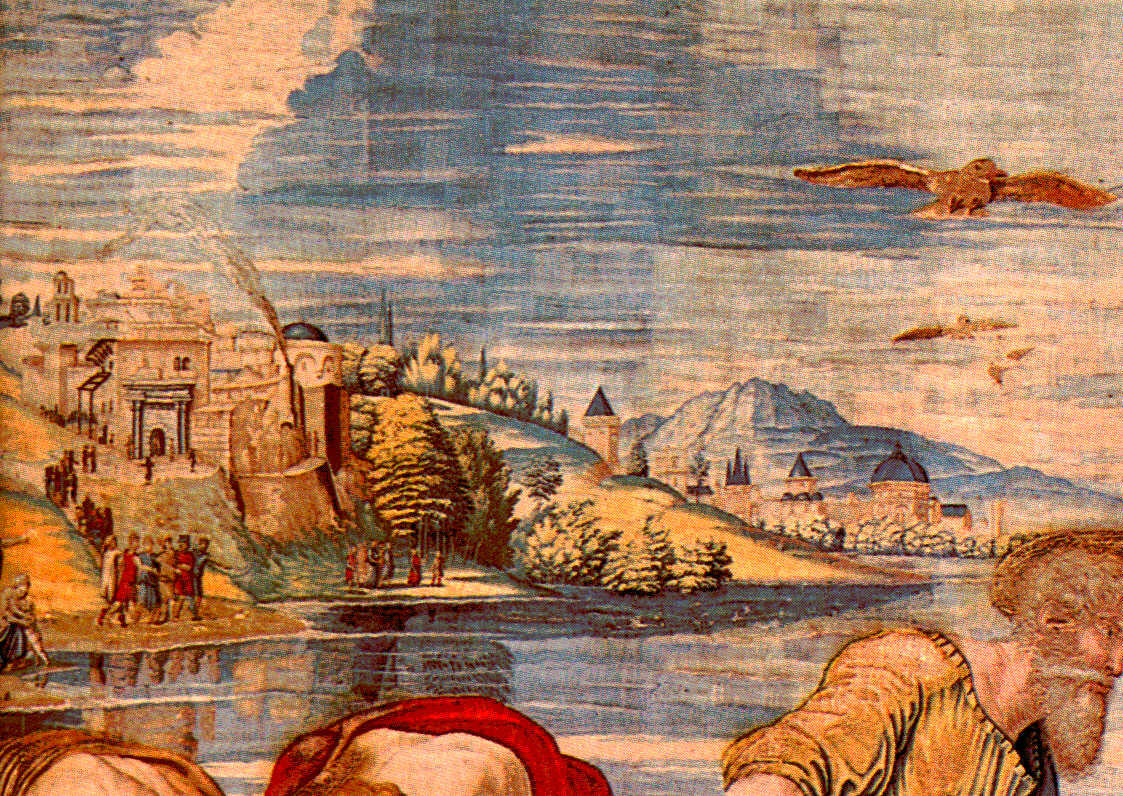
Vatican Hill sits between the Janiculum, one of Rome's legendary seven hills, and Monte Mario, the highest point in the city
Although Vatican Hill lay just outside the official city of Rome, it still held early importance. By the first century AD. It had slowly but surely become a popular retreat for many of Rome's wealthy elite.
By 39 AD, Emperor Caligula had built the Circus Vaticanus in this location - a chariot track that would soon play a dark role in early Christian history.
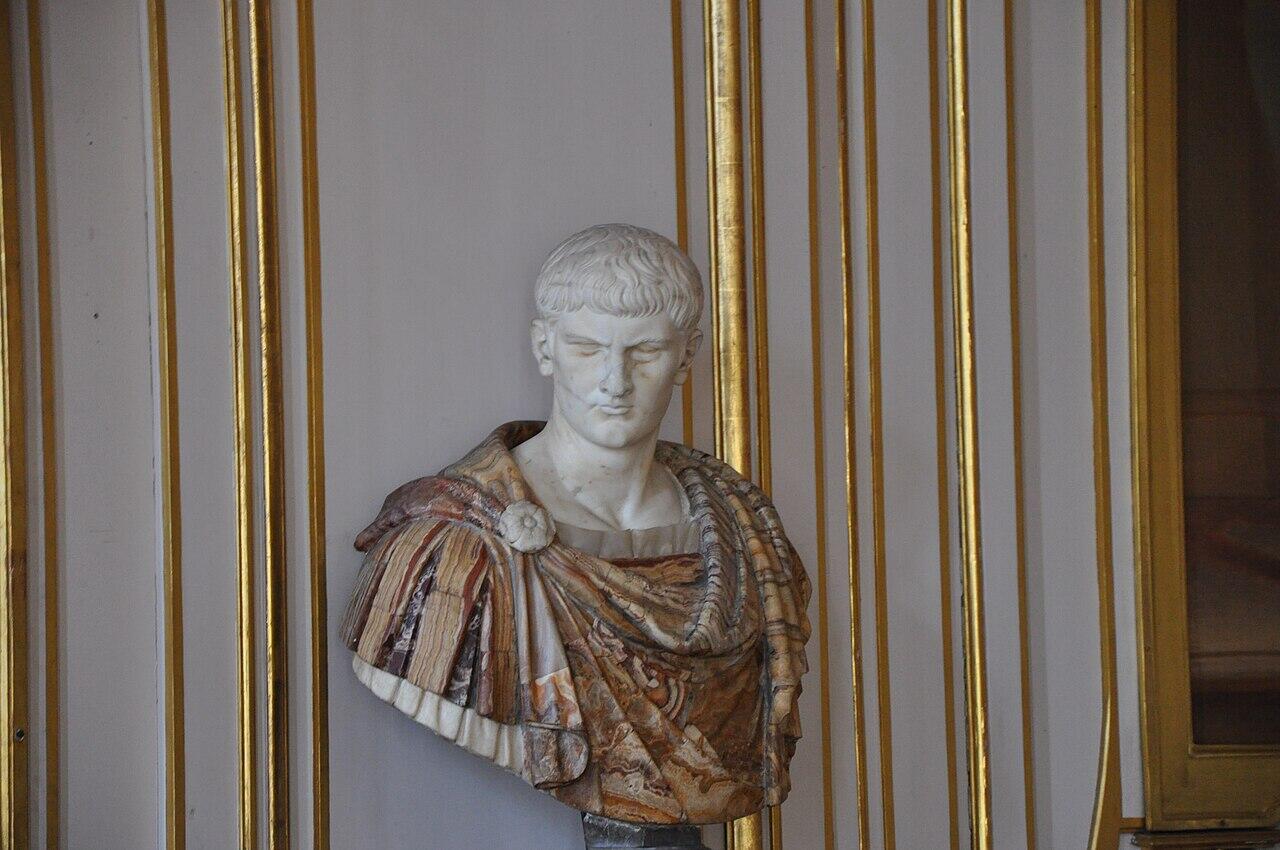
Under the reign of Nero (37-68), many Christian martyrs were persecuted at the Circus Maximus. Saint Peter himself was buried there in a necropolis, along where Constantine (272-337) would build the first basilica on the ruins of the Roman circus 300 years later.
Shortly after, the ground where Saint Peter was buried would become the site of something far bigger. Starting in 1506, builders, artists and architects would spend over a century creating what we now know as St. Peter's Basilica. Today it still stands in all its glory, drawing in an astonishing six million visitors a year.
Vatican Hill was home to a meeting place to resist heresy and paganism (as the Christians called it from the 6th century to stigmatise non-Christians).
Find out how to plan a trip to the Vatican.
Upon this rock I will build my church
Matthew 16:18, referencing Saint Peter

The Vatican in the Middle Ages
Shortly after the Roman Empire collapsed in 476, the hill became the residence for the popes. Pope Symmachus built a palace at the end of the 5th century where political and religious leaders could stay.
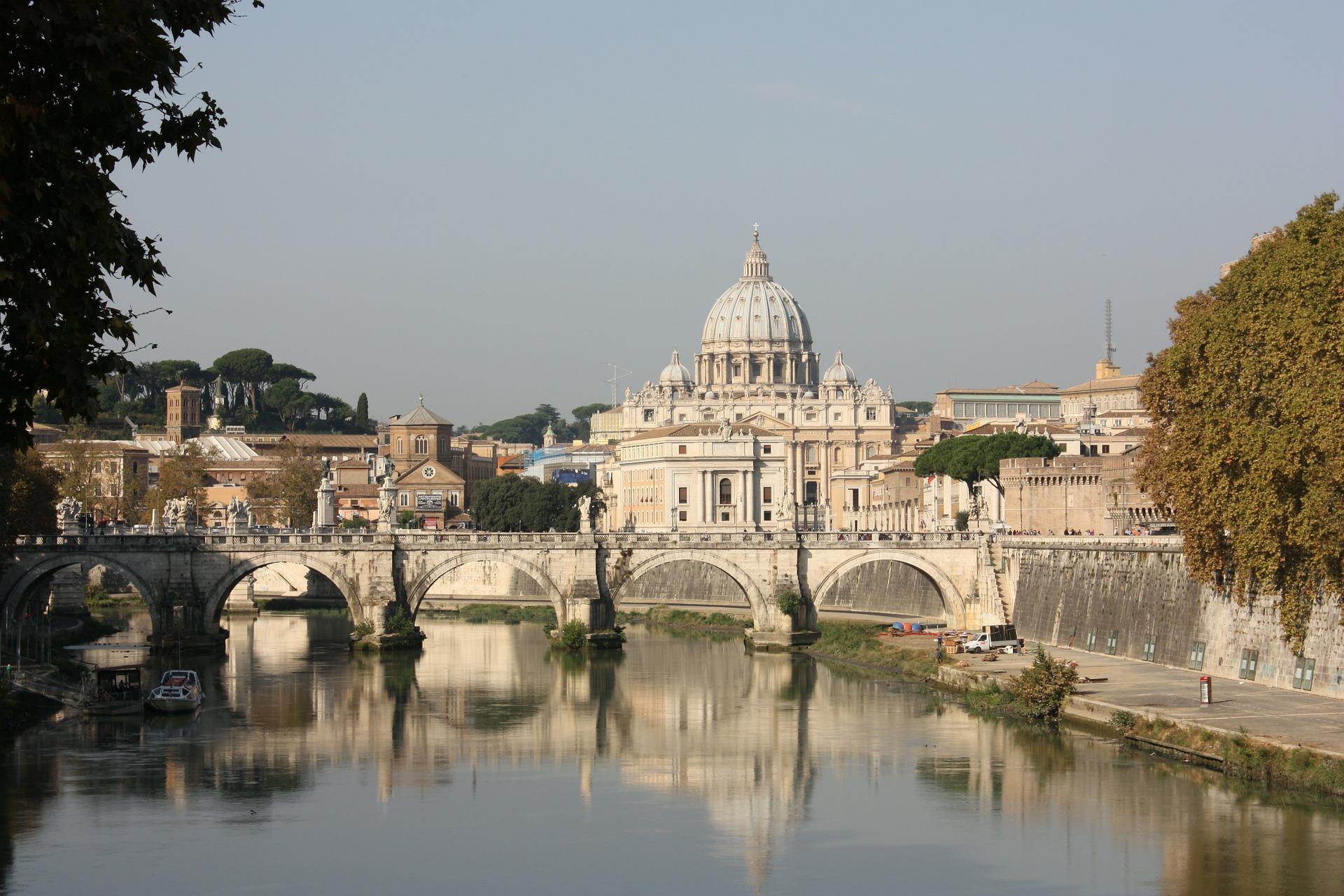
During the reign of Constantine and into the era of the Lombards, popes gradually began to amass vast land holdings through donations, leading them to become some of the largest landowners in Europe.
As donations poured in and the Pope's power grew, the church began acting more like a state rather than just a spiritual institution. This gave the papacy the means to govern, negotiate, and defend its interests as it saw fit - much like a kingdom in its own right.
For many centuries, it was widely believed that Emperor Constance had granted Pope Sylvester I control over the eastern church and imperial authority in the west, effectively placing the Western Empire under papal rule.
However, in 1440, this rumour was revealed to be nothing but a fabrication. In fact, the so-called Donation of Constantine was actually a clever forgery - crafted in a bid to strengthen the Vatican's claim to worldly authority.
In the 8th century, key donations from Pepin the Short in 754 and Charlemagne in 774 gave the Pope control over former Lombard lands, resulting in the creation of the Papal States.
This marked a huge turning point - the Pope had shifted from solely being a spiritual leader to territorial ruler with significant political power. This new arrangement also suited the Carolingians, who realised that an alliance with the papacy could better legitimise their rule.
Following the Treaty of Venice in 1177, the Papal States became independent from the Holy Roman Empire. Below is a chart showing where it ruled during the 14th century.
| Region | Location | Role in the Papal States |
|---|---|---|
| Enclaves in Naples | Southern Italy | Small areas controlled by the papal within the Kingdom of Naples |
| Rome | Central Italy | The capital and the seat of the pope |
| Ostia | Near Rome | Main port city which controlled access to the Tibet River |
| Sabina | North of Rome | Stretch of rural territory under papal rule |
| Ancona | Eastern Central Italy | Important Adriatic port city |
See some of the best Italian language courses here.
The Vatican During the Italian Renaissance
The Popes became more powerful than kings and emperors during the Middle Ages, and their infallible authority became increasingly contested during the 14th century for several reasons:
- Social upheaval
- The plague, which was ravaging Europe
- Political crises
- Religious warring between Catholics and Protestants
- Rationalisation
At the start of the Renaissance, there was a thirst for knowledge where a mastery of sciences and the accomplishment of man gained more value than that of God.
See some of the best Italian language courses here.
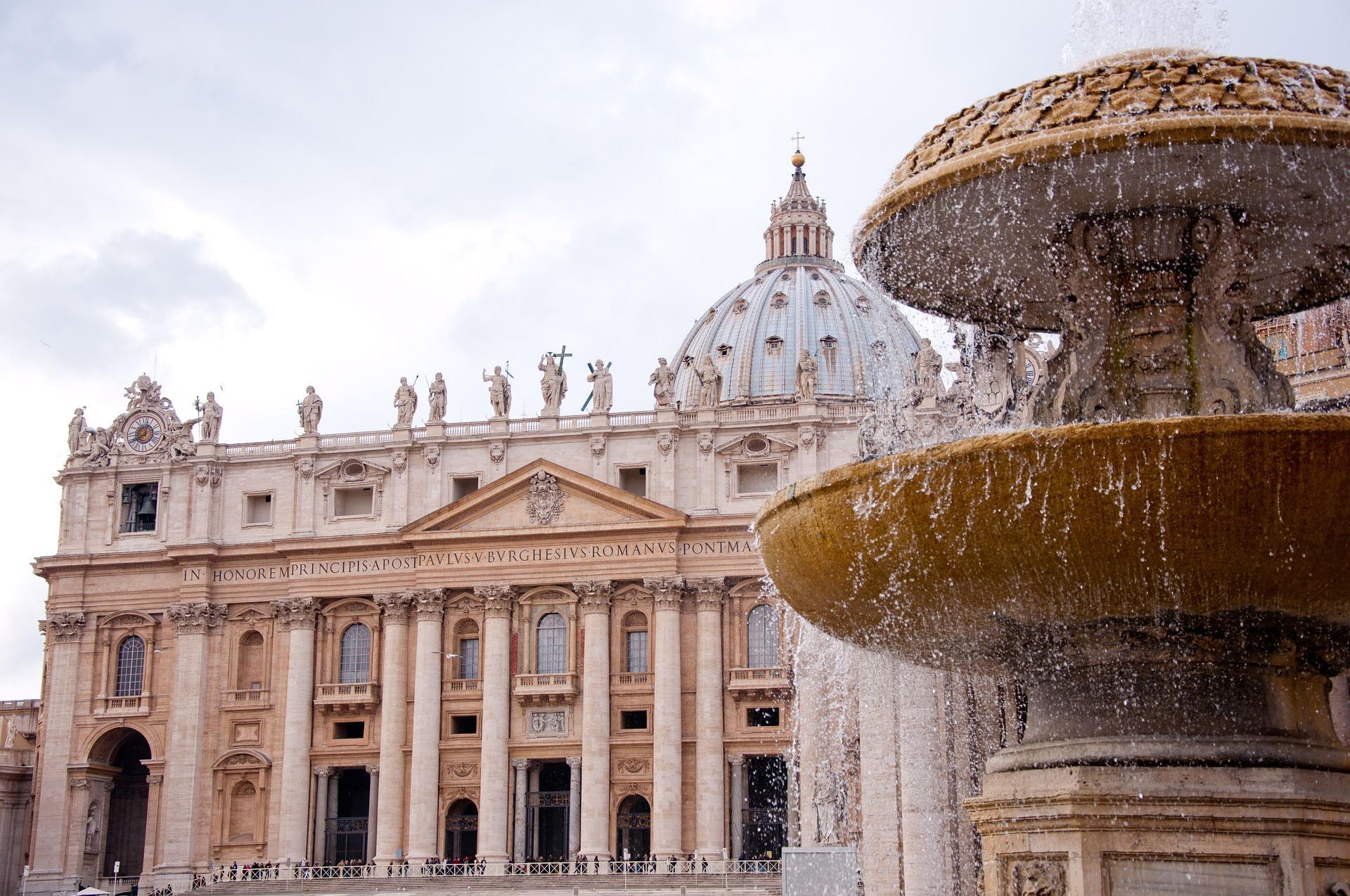
The Humanist movement drove great men into the sciences and humanities. The Pope appeared to the people as a monarch and not the all-powerful representative of God on earth.
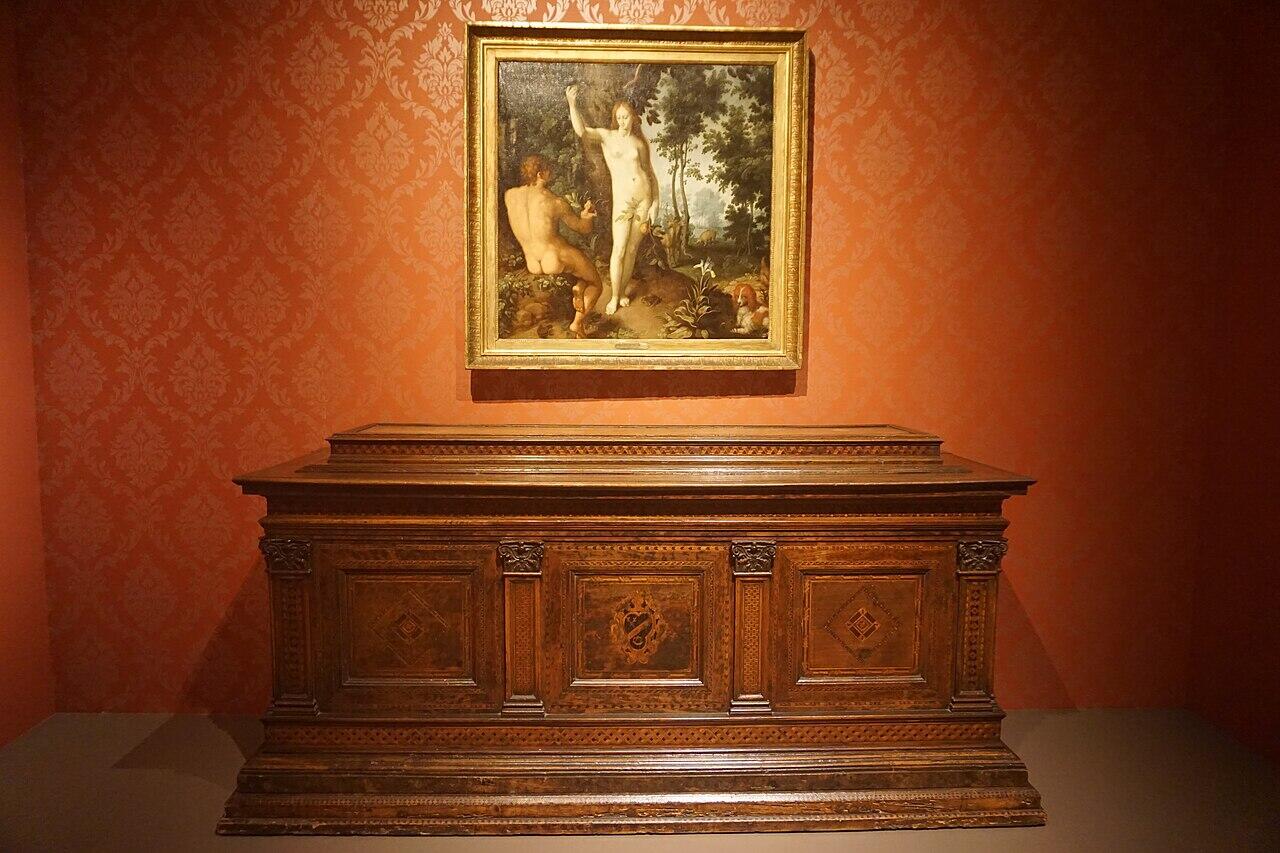
The Papal States were helped by loyal followers to collect immense riches; the popes during the Renaissance were patrons of the arts. They rebuilt the city of Rome, profited from the discoveries in the Americas, and the Vatican became a theatre of excess during the time
The papacy of the 16th century was radically conservative and fought to hinder the change brought on by the Enlightenment, which the rest of Europe saw as progress.
It wasn’t until the election of Pope Nicholas V (1447-1455) that the papacy entered into the Italian Renaissance. They built the Vatican Palace, one of the residences of the Pope from 1447.
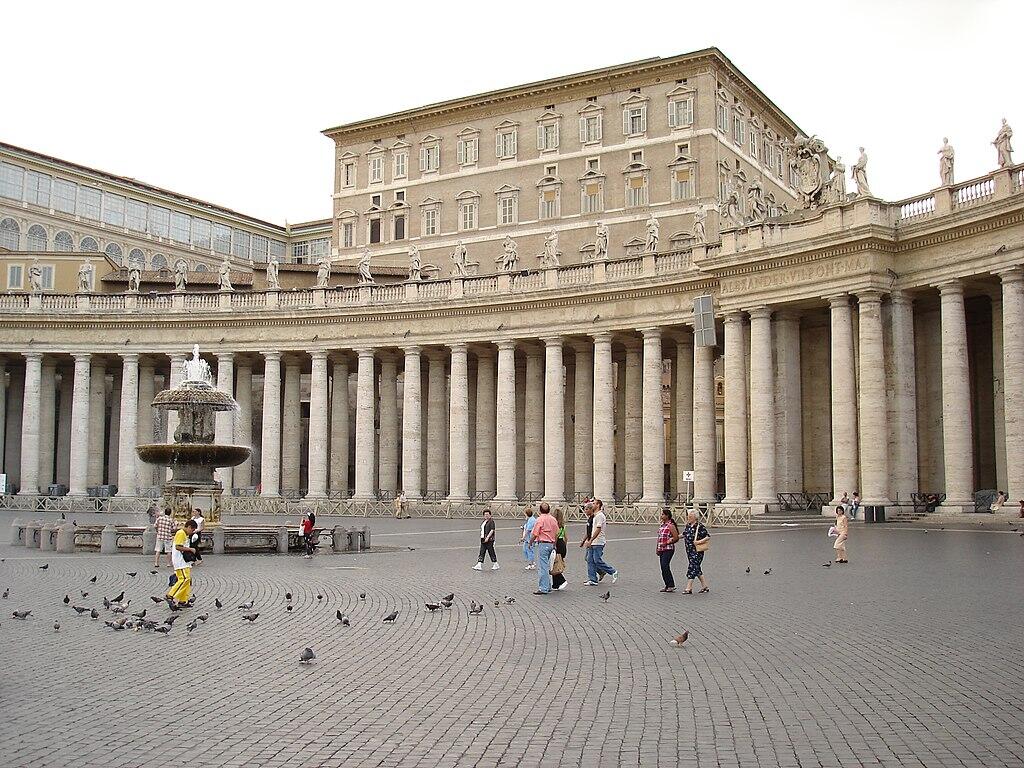
Pope Sixtus IV (1471-1484) and Pope Innocent VIII (1484-1492) were the first Renaissance popes. Quarrelling between powerful Italian families such as the Orsini, Colonna, Borgia, and Medicis weighed heavily on the Church.
Under the rule of Pope Julius II, the ceiling of the Sistine Chapel was painted by Michelangelo and Rome became the home of Sacred Art. The current Saint Peter’s Basilica was painted, the Vatican Gardens were remodelled, and the Cortile del Belvedere was built under Julius II, too.
The art they’d collected, Laocoon and His Sons and the Apollo Belvedere, in particular, were later displayed in the Vatican Museums. The popes were the first to make their art collections public.
Check for exceptional Italian lessons here.
Without having seen the Sistine Chapel one can form no appreciable idea of what one man is capable of achieving
Giorgio Vasari, Renaissance artist and historian
The Vatican in the Modern Age
After the French Revolution, Napoleon’s troops under the Directory entered Rome on 6th February 1798.
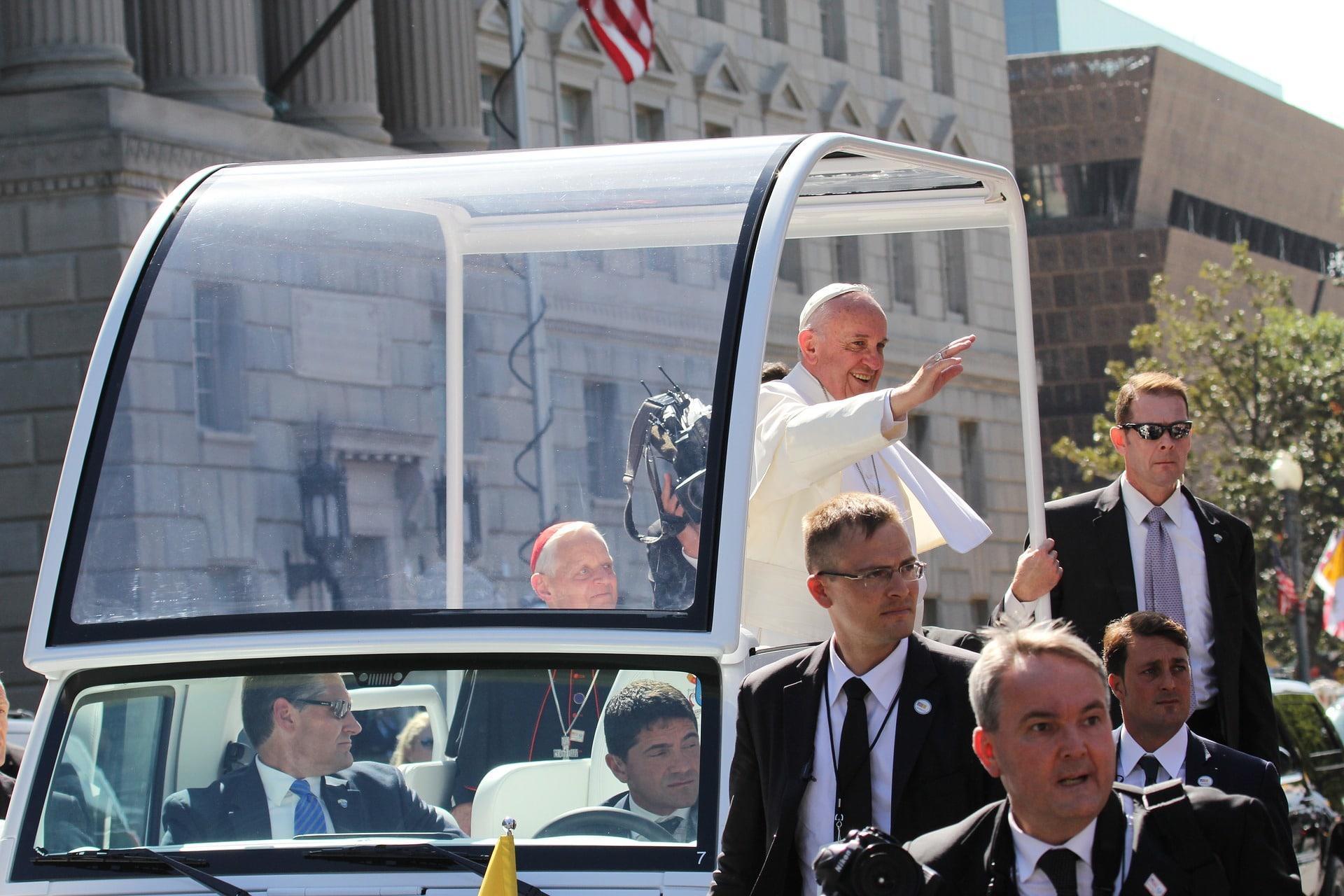
The pope was forced to give up his temporal power to retain his spiritual power. He was forced to leave Rome, and the Papal States fell under the control of the Directory. In 1808, Napoleon annexed the Papal States, but they were ceded after the Congress of Vienna and the abdication of Napoleon I in 1815.
In the 1860s, the Papal States were limited just to Rome and Latium. Parts were annexed by Piedmont and, following the defeat of Napoleon III against Prussia, the Papal States were integrated into the Kingdom of Italy. Rome was declared the capital of a unified Italy. In 1900, the Papal States were abolished by Pope Leo XIII with the Pope residing in the Apostolic Palace.
Today, more than six million tourists visit Rome annually, drawn by its beautiful architecture and stunning landmarks like Saint Peter's Basilica, the Sistine Chapel, and the Vatican Museums
Rome was historically the seat of power for the Pope and following the unification of Italy, a dispute, known as the Roman Question, arose. Pope Pius IX opposed the Risorgimento (unification of Italy) between 1848 and 1870. When the Italian army annexed Rome on 20th September 1870, this marked the end of the Papal States' dominion over Latium.
The Roman Question was resolved with the Lateran Agreement between Mussolini and the Holy See that recognised the latter as a sovereign state, an elective absolute monarchy through divine right.
Find out more about what to see in the Vatican
Why Learn Italian With Superprof?
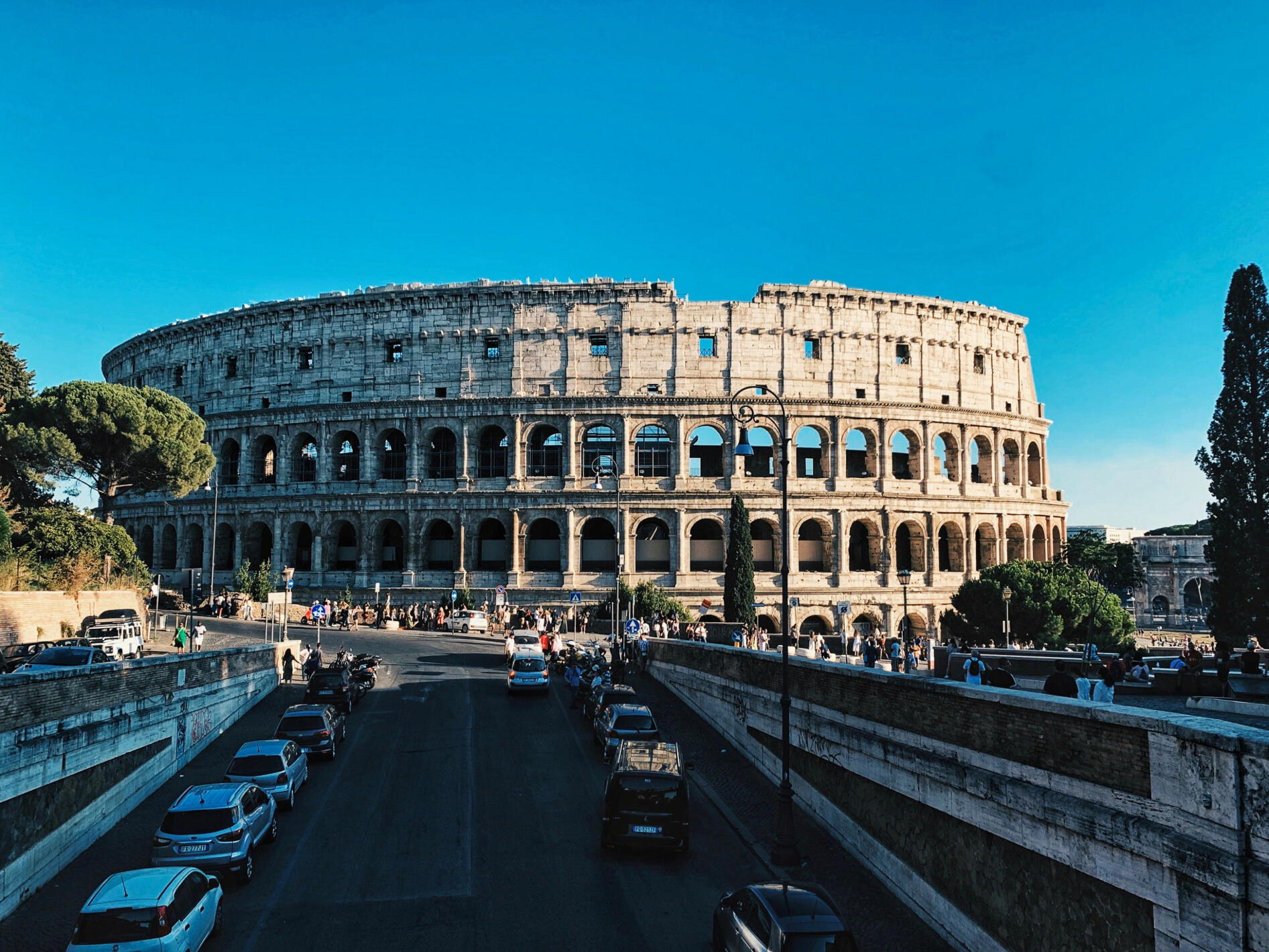
Before you go to the Vatican, why not consider learning some Italian? While Latin is the official language of the Vatican, learning Italian will better equip you for your upcoming holiday to Rome.
What advantages are there to enrolling in private Italian lessons with a professional language tutor?
🗣️Mastery Through Conversation
🎯Tailored Learning Just For You
📈Progress That Actually Sticks
Curious what types of language learning tutorials are available on Superprof? Check out the list below to have a better chance of picking the right option for your current learning objectives.
- Face to face tutorials: one to one tutorials offer a more tailored learning experience where every lesson is designed to match your current learning objectives. Unfortunately, they do come at a higher price point, but it's worth it for the focused attention of your tutor.
- Online tutorials: online tutorials still offer many of the same advantages, minus the physical presence of your tutor. While this works fine for academic subjects, these types of tutorials aren't always as effective for hands-on subjects. However, with fewer travel expenses involved, they're typically quite affordable.
- Group tutorials: Finally, group tutorials involve several students and one tutor. You won't get as much one-on-one time with your tutor but you won't pay as much per hour as the cost tutor's time is shared amongst all the students in the tutorial.

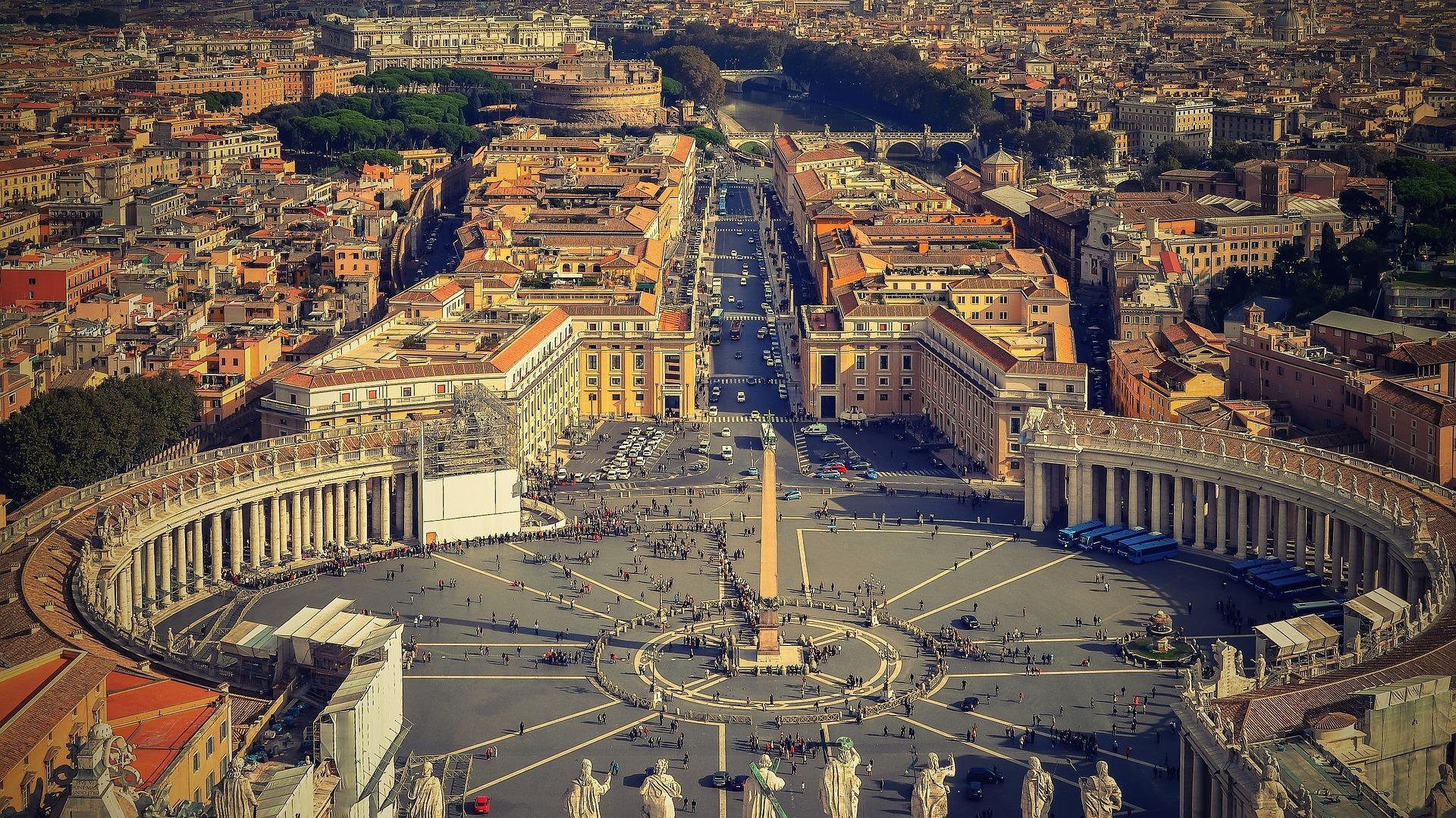












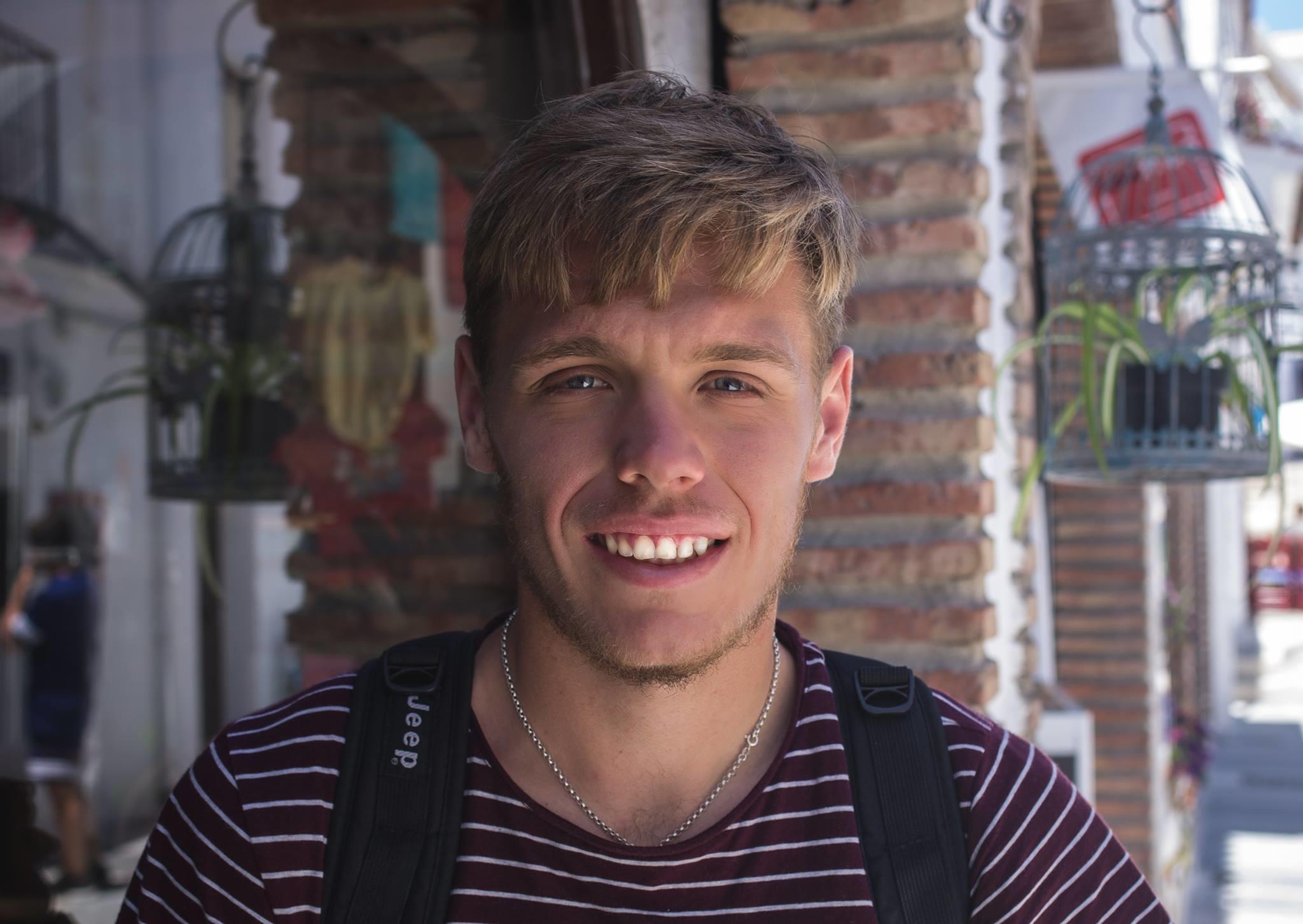
This seems to be very interesting.my problem is……I’ve always wanted t learn another language but I’m too impatient with the process.
Childhood is the easiest time to learn..